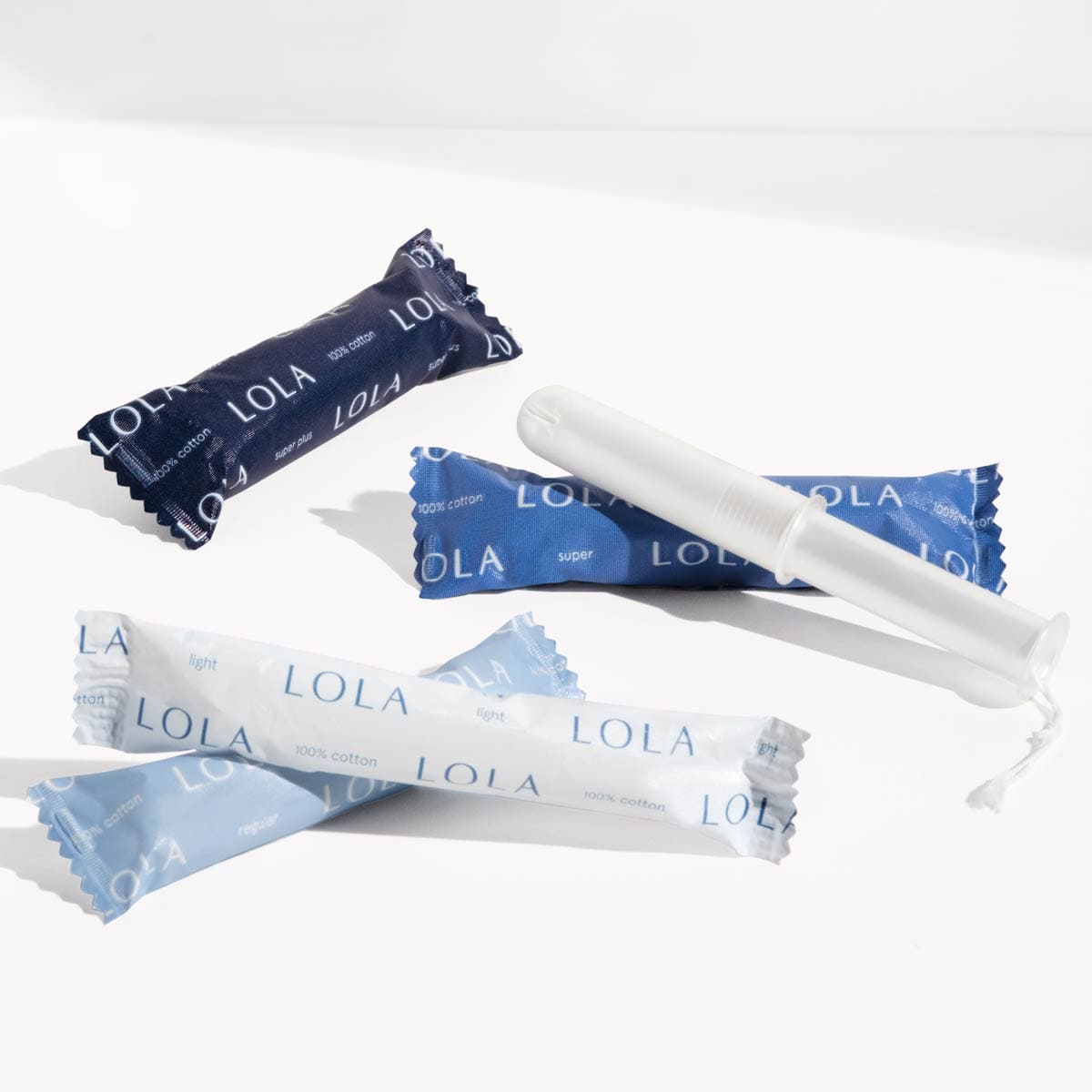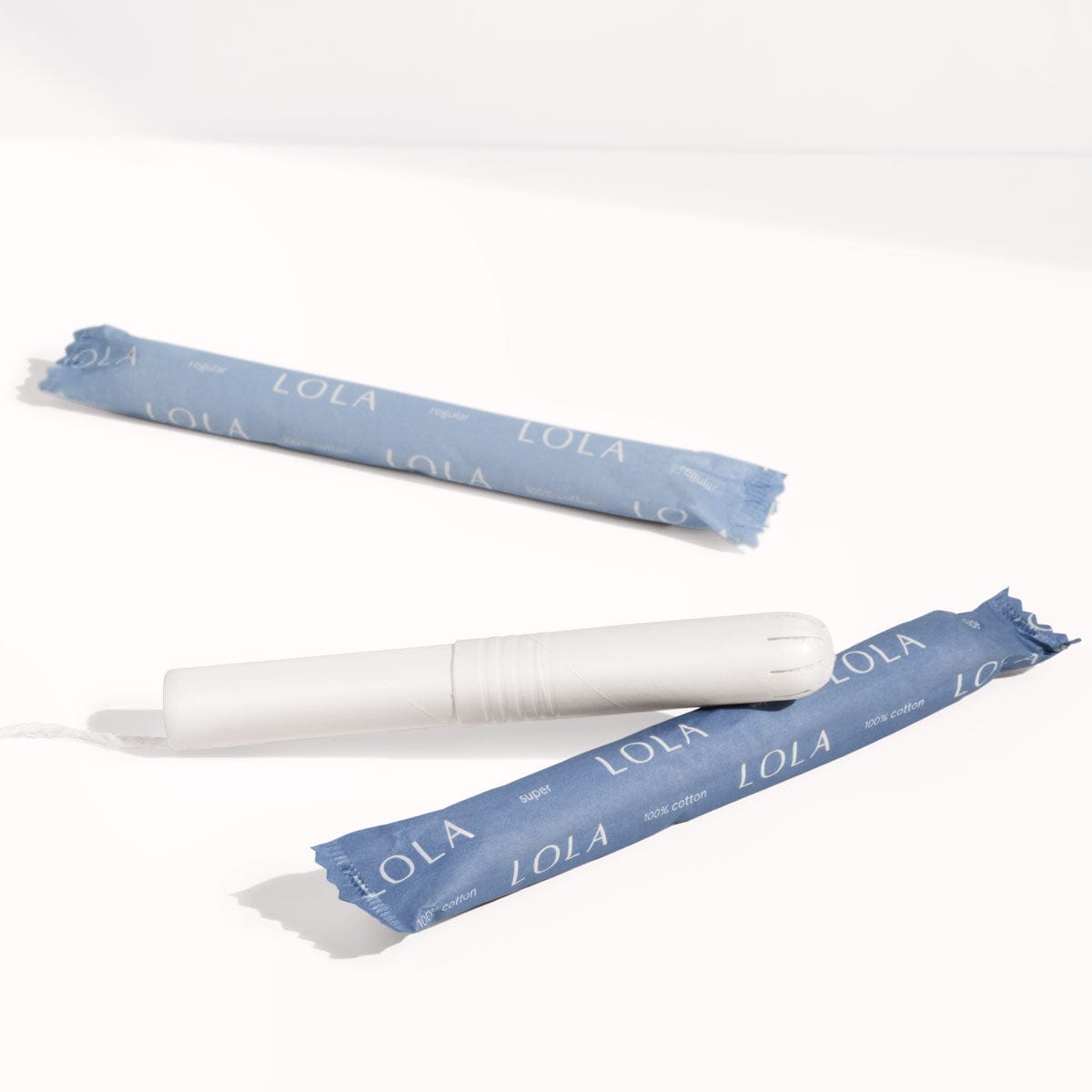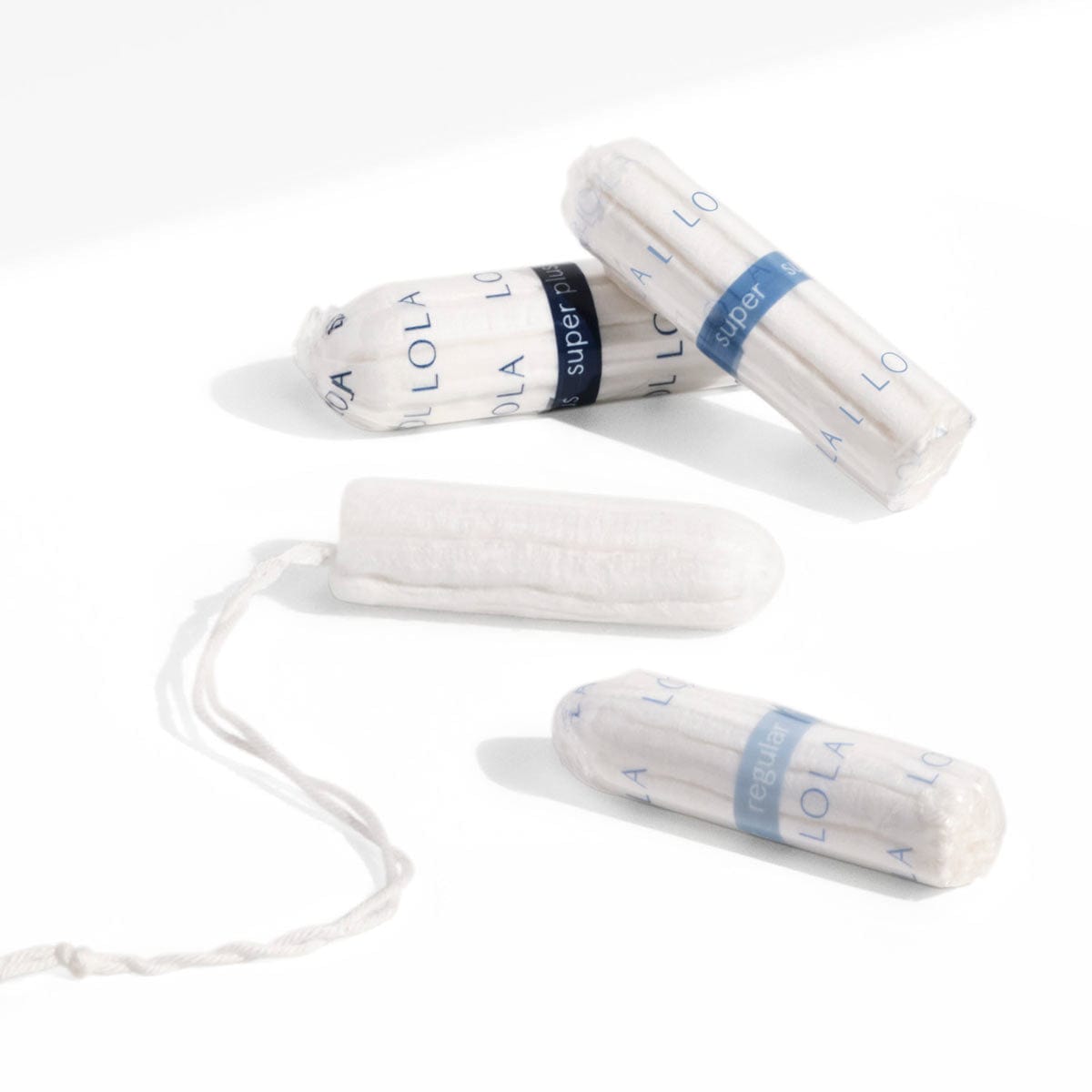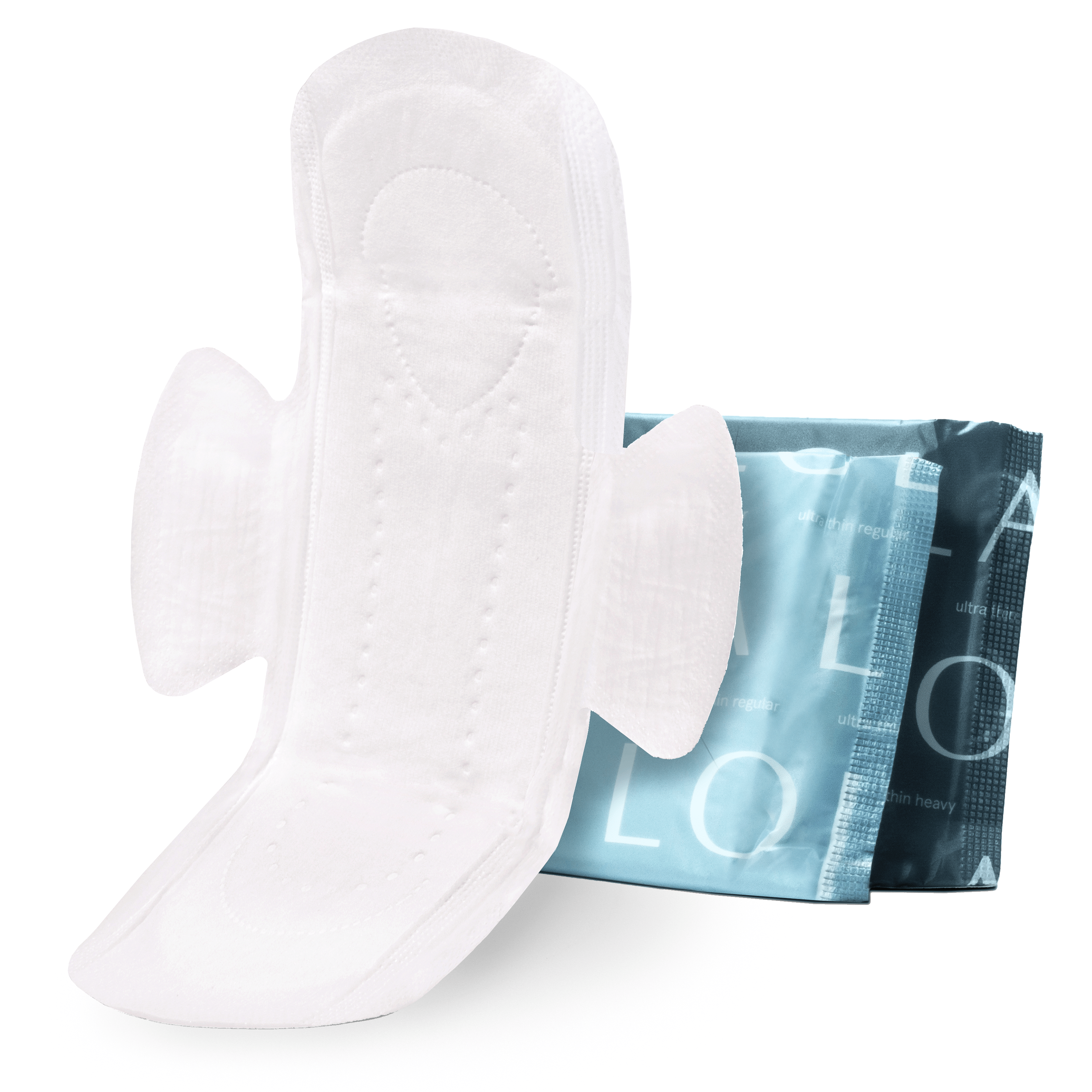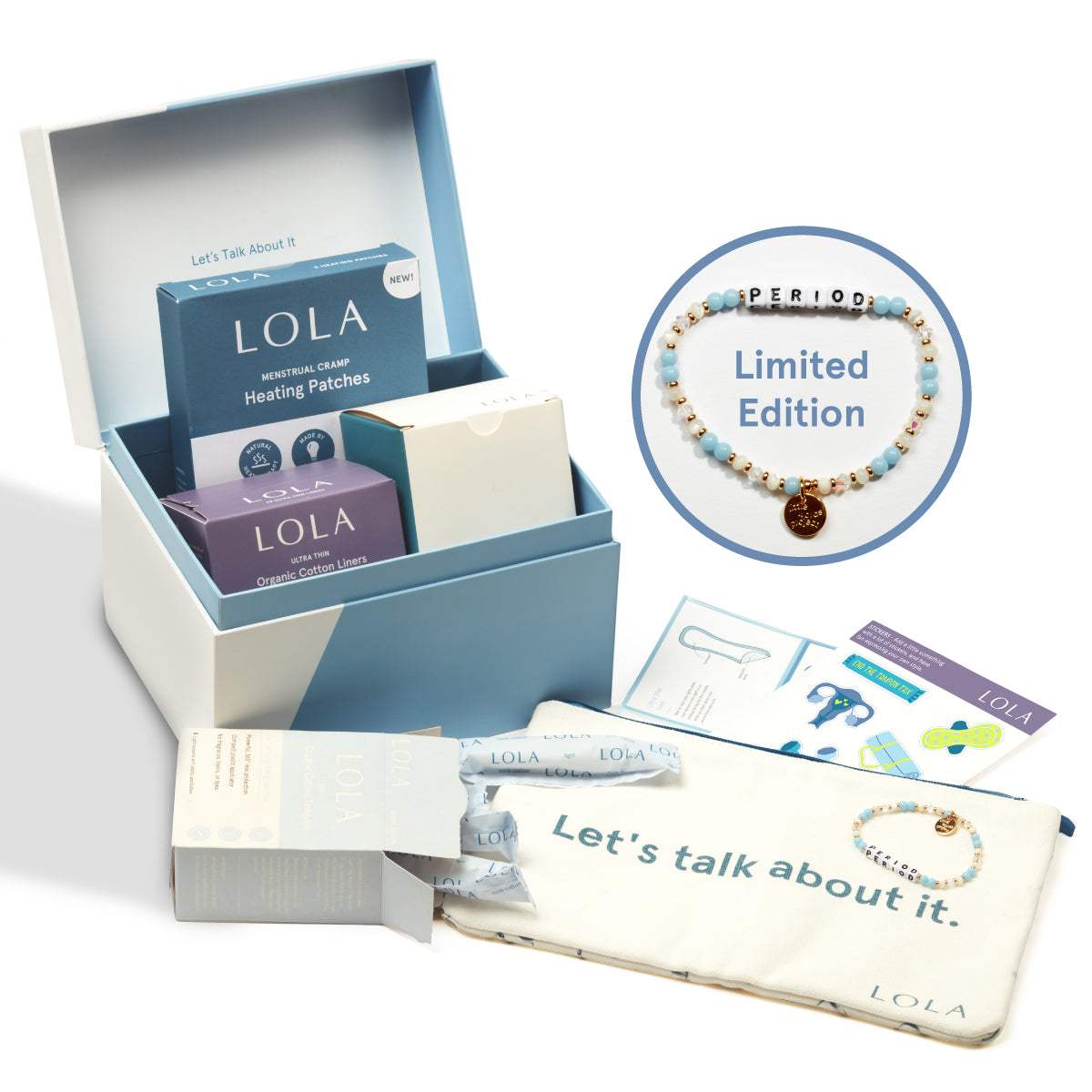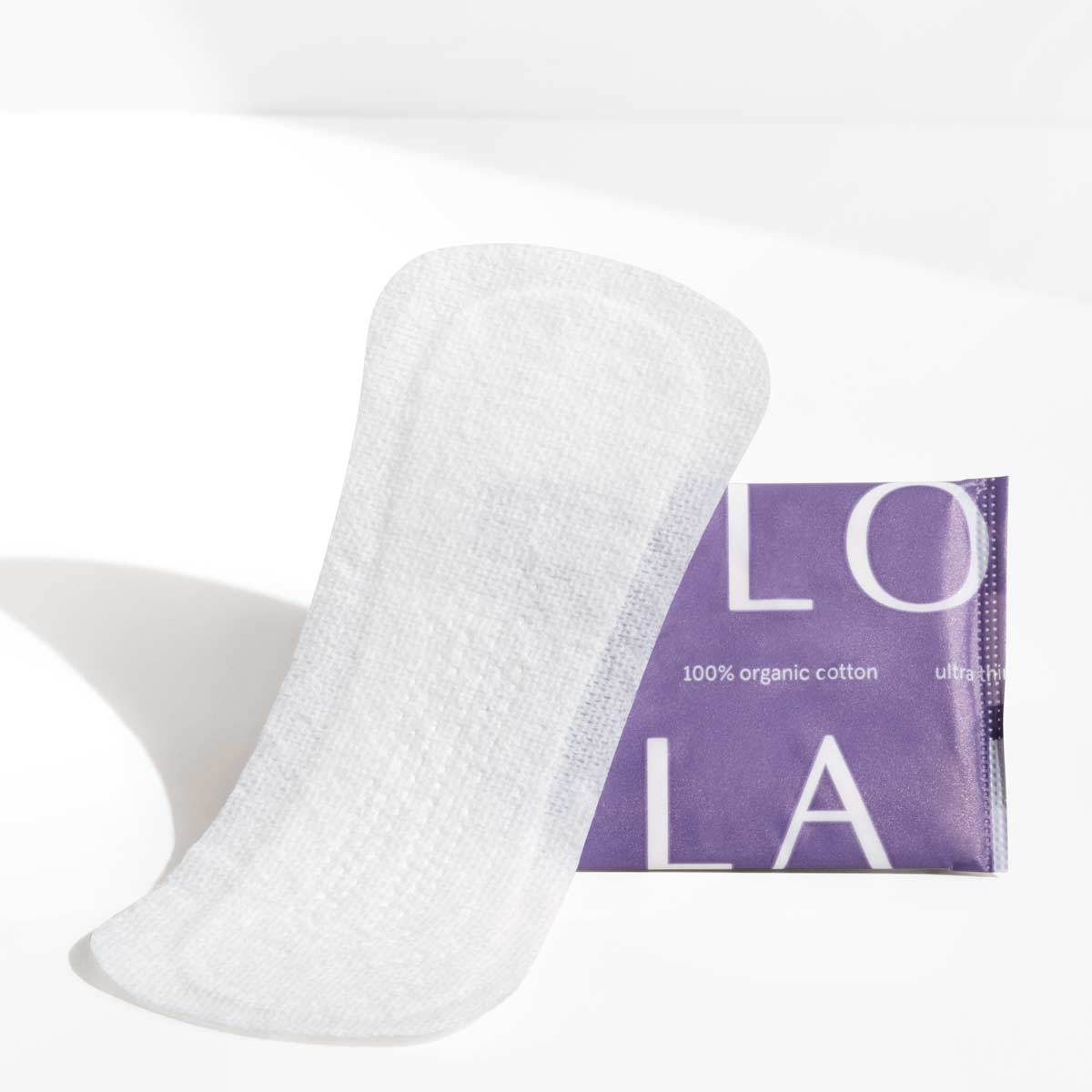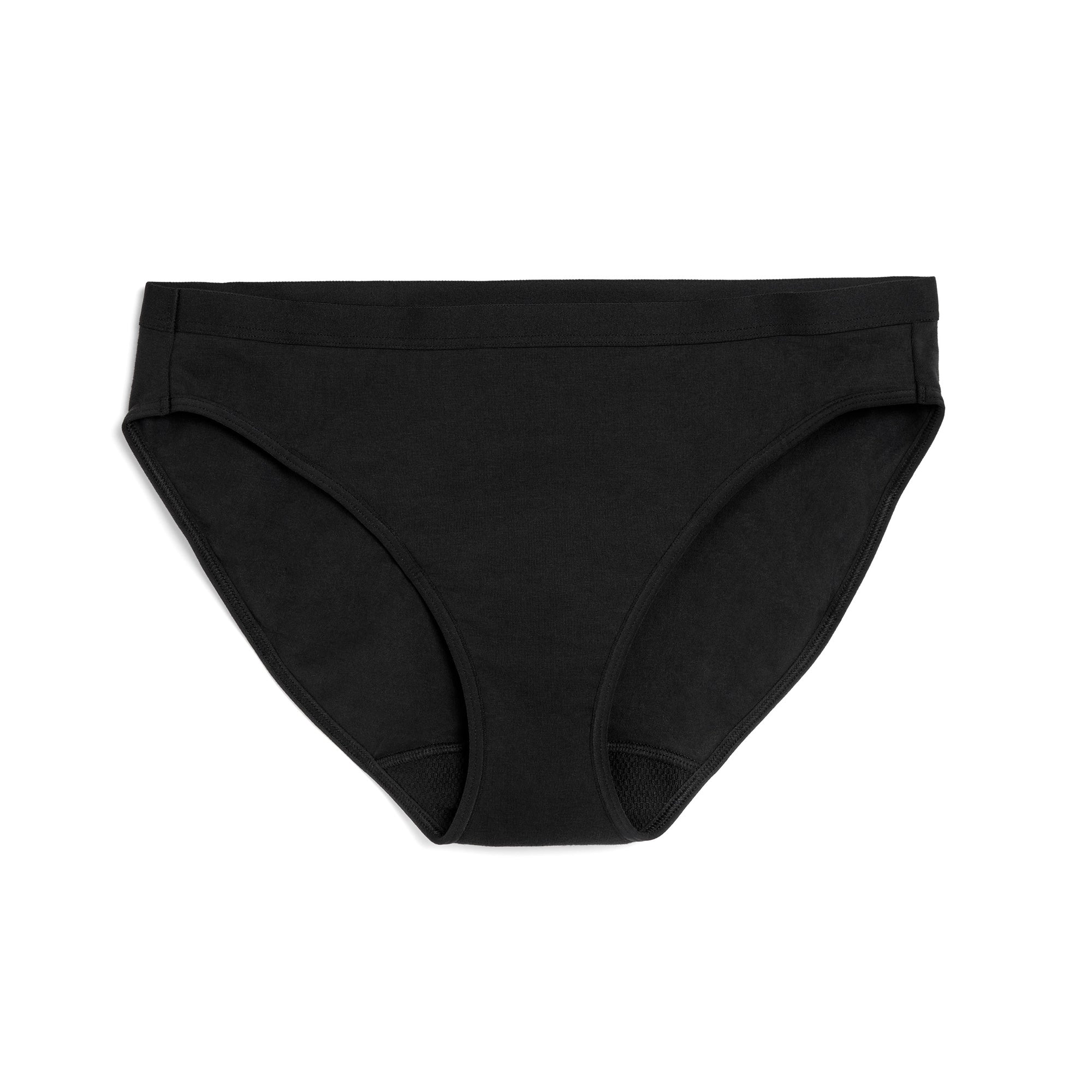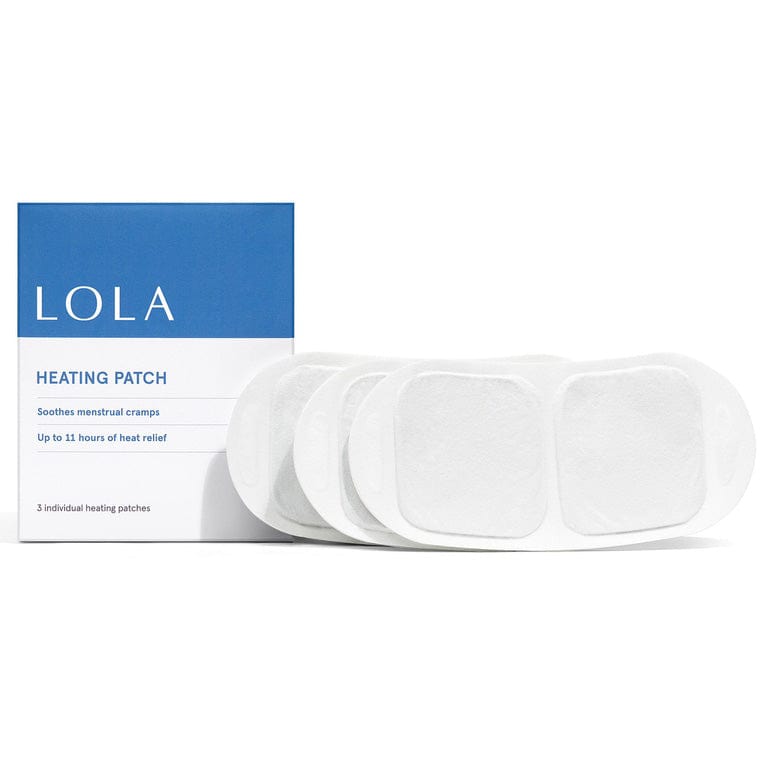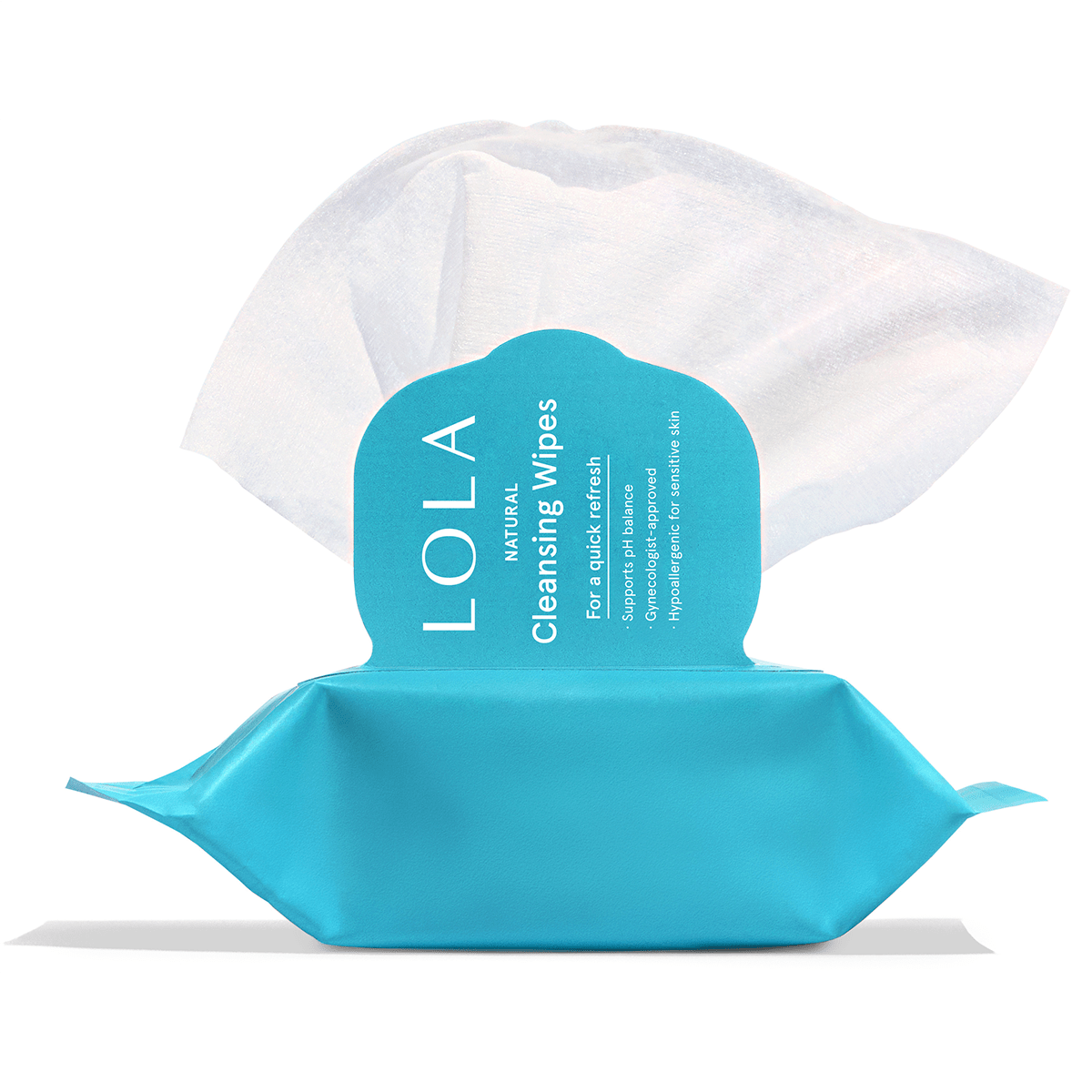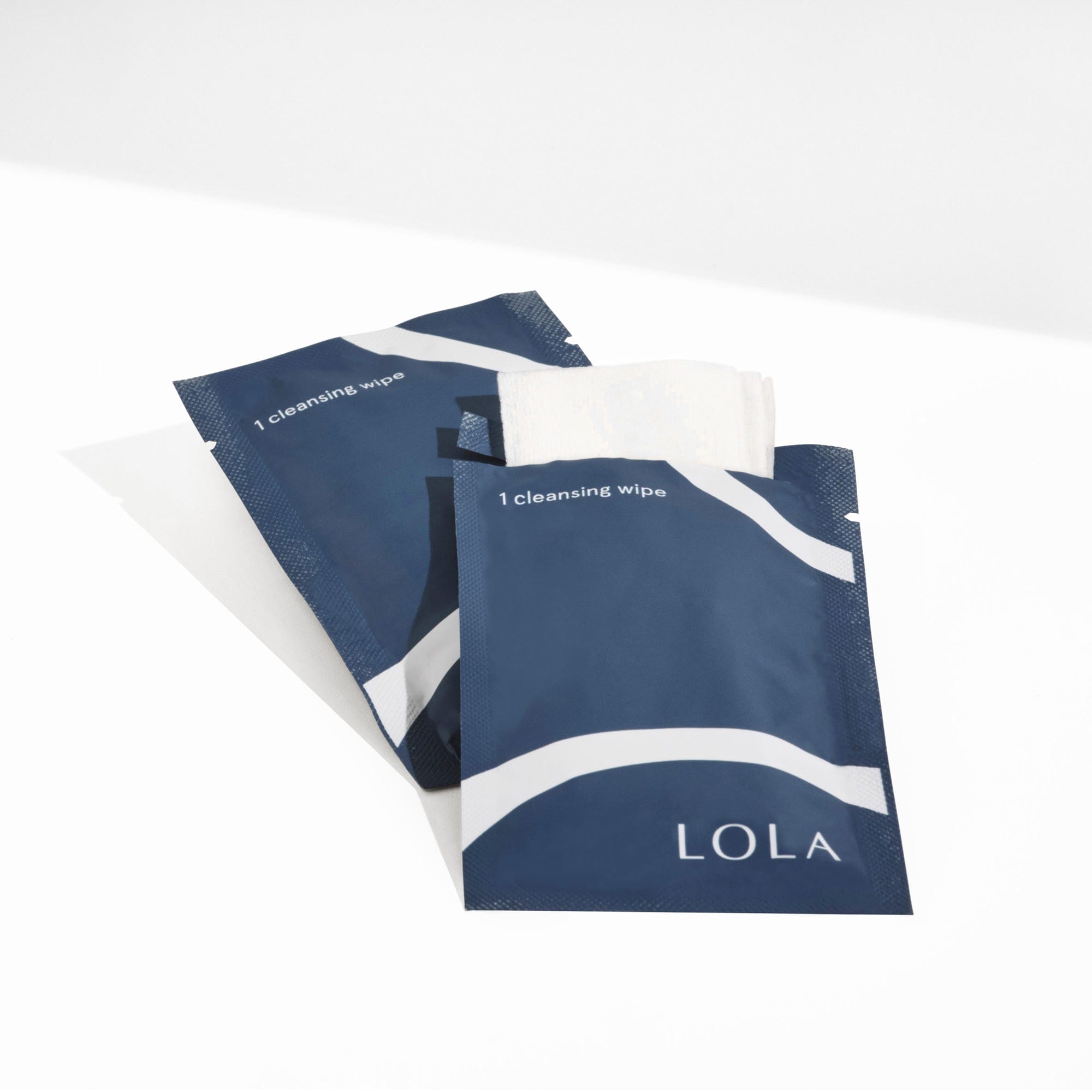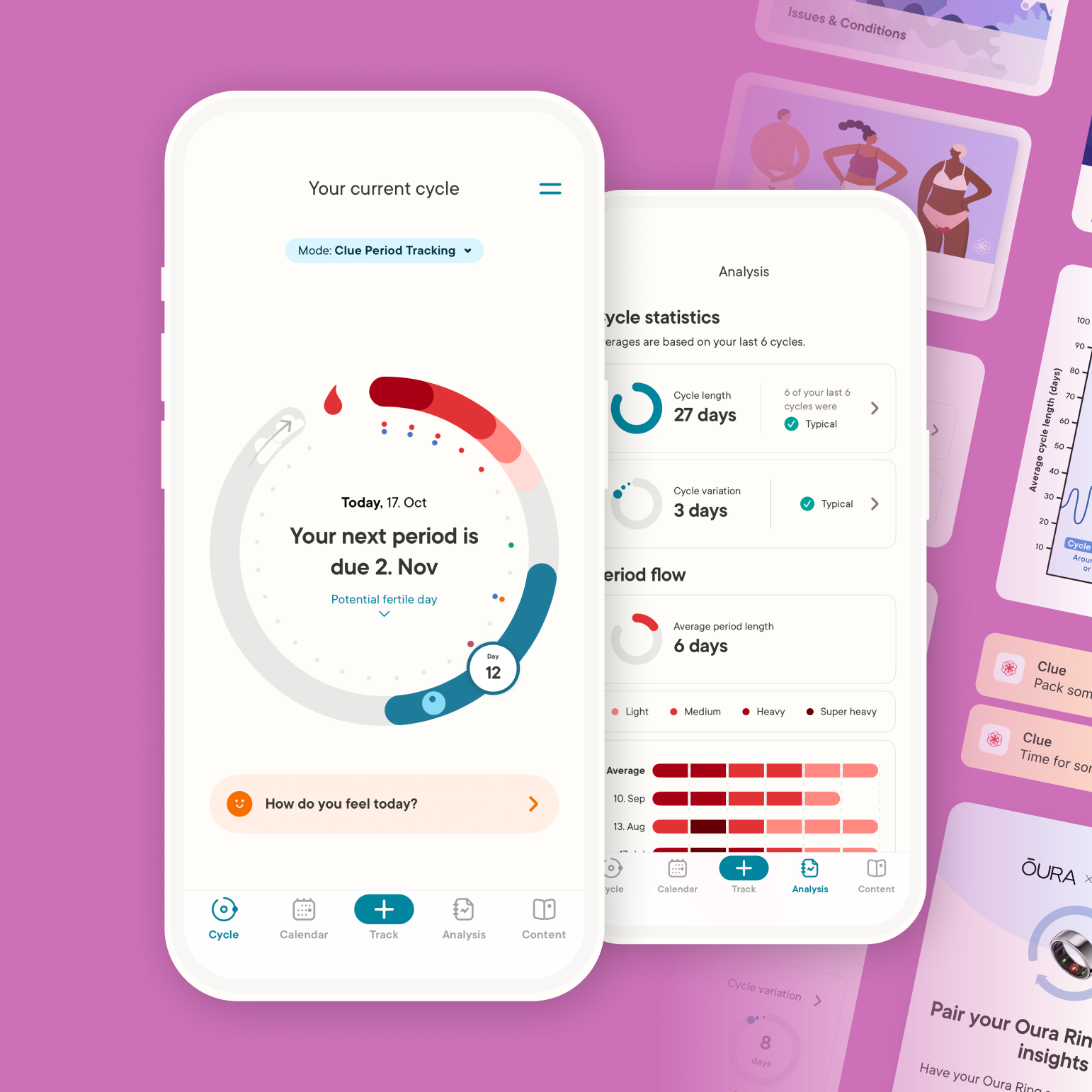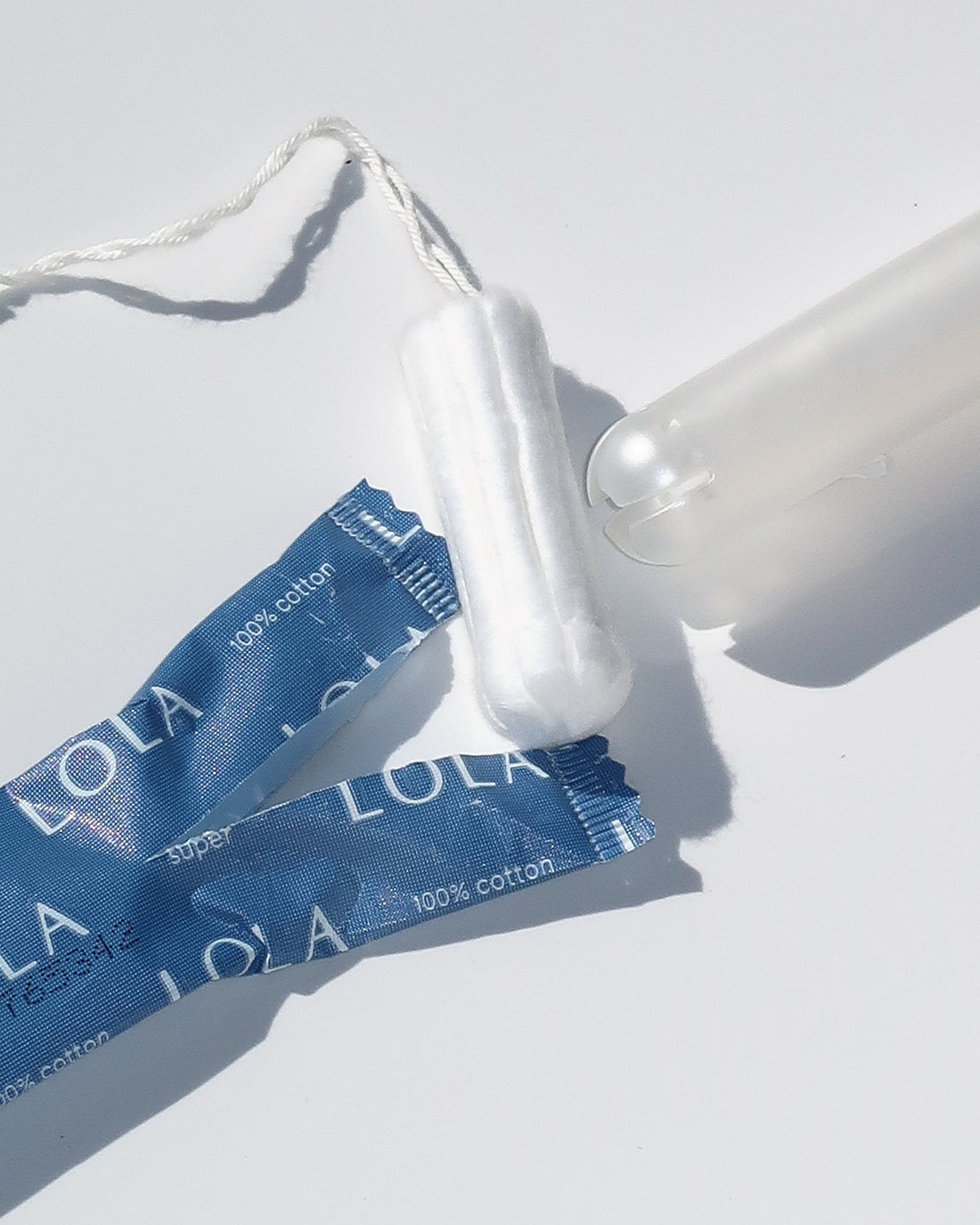We’re passionate about periods, and we recognize that people who menstruate experience period care products and solutions in ways unique to their own needs and bodies. The purpose of the article is to provide a step-by-step guide on how to insert a tampon. We’re guessing you might have just let out a scoff. We get it. Who doesn’t know where to put a tampon?
Actually, the finer details might challenge your mindset. So whether you’ve never inserted a tampon before, or you’re a plastic applicator pro looking to learn more about inserting a cardboard applicator tampon for the first time, we’re here to help.
Our how-to guide for inserting tampons will quickly introduce you to our tampon products and how they’re differentiated. Keep reading to learn how to insert a tampon.
Table of contents:
- Introduction: Benefits Of Tampons
- Understanding Tampons: Different Types
- Before Inserting a Tampon
- Step-by-Step Guide to Inserting a Tampon
- Common Mistakes & Tips for Beginners
- Aftercare and Hygiene When Using Tampons
- Concluding thoughts
Helping your child navigate their first period? Download our comprehensive First Period Guide for honest advice and practical tips. Download the FREE Guide
1. Benefits Of Tampons
At LOLA, we know that every period is different, and we’re all about making it easy to curate your perfect period routine, especially when it comes to tampons. Some advantages to using tampons include portability and small size, ease of use for activities (like running or swimming), invisibility under tight clothes (slay that date night fit), and last but never least, environmental impact with tampons made with 100% organic cotton and a recyclable tampon wrapper.
2. Understanding Tampons: Different Types
Tampons are essentially little cotton plugs that go inside your vaginal canal to soak up menstrual blood. Some tampons come with an applicator to help with insertion. There is also a tampon string attached to the end to easily pull them out.
LOLA offers tampons with three applicator types (compact plastic applicator, cardboard applicator, and non-applicator) in a range of absorbency levels.
While all of our tampons offer powerful leak protection and a comfortable fit, they are constructed in two different ways:
- Our cardboard applicator tampons and our light compact plastic applicator tampons are constructed to expand into a W or butterfly shape upon insertion.
- Our non-applicator tampons, as well as regular, super, and super+ compact plastic applicator tampons, expand into a barrel or marshmallow shape.
We follow FDA absorbency guidelines, so you’ll get the same absorbency level from LOLA tampons as you would from any other tampon brand.
3. Before Inserting a Tampon
Before inserting a tampon, remember hand hygiene is best practice.
Next, be sure to select the right absorbency level before insertion. How can one choose the best tampon size and absorbency for their body? Refer to this chart to learn more, or watch our video below!
Remember, you don’t need to clean your vagina before insertion. Internal vaginal cleansing is not necessary, period or not. Wash your hands with soap and water before and after you insert a tampon.
|
Tampon Absorbency |
Tampons Per Day |
Applicator Availability |
|
Light tampons absorb up to 6 grams of menstrual fluid. |
Light flow days 4 Lights/day |
Compact Plastic Applicator Tampons |
|
Regular tampons absorb 6-9 grams of menstrual fluid. |
Moderate flow days 4 Regulars/day |
Compact Plastic Applicator Tampons Cardboard Applicator Tampons Non-Applicator Tampons |
|
Super tampons absorb 9-12 grams of menstrual fluid. |
Heavy flow days 4 Super or Super+/day |
Compact Plastic Applicator Tampons Cardboard Applicator Tampons Non-Applicator Tampons |
|
Super+ tampons absorb 12-15 grams of menstrual fluid. |
Compact Plastic Applicator Tampons Non-Applicator Tampons |
4. Step-by-Step Guide to Inserting a Tampon
How do I use a compact applicator tampon?
The LOLA tampon, made with 100% organic cotton (tampon and string), is contained inside a plastic applicator, which is made of two tubes — one inside the other. Here are the steps on how to insert a tampon with an applicator.
- Extend the applicator to its full size before inserting the tampon.
- Gently pull the inner tube out until you feel it come to a stop. From here on out, it works just like any other tampon with a plastic applicator.
- We've always had the most success holding the fully extended applicator between our thumb and middle finger and using our index finger to push the tampon into the vagina. We found that this helps us get a better grip on the applicator. Another option is to hold the external tube with one hand and push the applicator with the forefinger of the other hand.
- Be sure to push the inner tube into the outer tube until the ends meet. This will ensure that your tampon fully deploys from the applicator.
- Then, get yourself in a comfortable position (try sitting on the toilet with your legs spread apart, or standing with one leg up and spread open, resting on the toilet or tub, and the other leg grounded on the floor).
- Then, position the tampon applicator tip with the rounded end facing your vagina.
- Insert the tip of the applicator into your vaginal opening until the outer tube is almost completely inserted.
- Then, push the inner tube until the tampon is fully deployed from the applicator.
- Remove the applicator and dispose of it in the wastebasket, first wrapping it in toilet paper to mitigate mess.
- Don’t forget to recycle the wrapper!

How do I use a cardboard applicator tampon?
Opt for no plastic with our curved tip cardboard applicator.
- To use a cardboard applicator tampon, slightly twist the outer tube and inner tube of the applicator in opposite directions. This will help unlock the tabs, those little indentations that hold the applicator together, making it easier to deploy the tampon.
- Then, get yourself in a comfortable position (try sitting on the toilet with your legs spread apart, or standing with one leg up and spread open, resting on the toilet or tub, and the other leg grounded on the floor).
- Then, position the applicator tip with the rounded end facing your vagina.
- Insert the tip of the applicator into your vaginal opening until the outer tube is almost completely inserted.
- Then, push the inner tube until the tampon is fully deployed from the applicator.
- Remove the applicator and dispose of it in the wastebasket.

How do I use a non-applicator tampon?
Our applicator-free tampon is pocket-sized and offers mighty leak protection.
- Get yourself in a comfortable position (try sitting on the toilet with your legs spread apart, or standing with one leg up and spread open, resting on the toilet or tub, and the other leg grounded on the floor).
- Then, find the uneven place on the blue tape and tear the wrapper off (this can be recycled!).
- When the non-applicator tampon is unwrapped, pull down the strings at the base of the tampon.
- Then, place your forefinger at the base of the tampon and your thumb on the side facing you.
- How far should a tampon go in? Aiming towards your back, push the tampon inside you about as far as the length of your forefinger. The tampon insertion is then complete. Watch the video below for more information.
5. Common Mistakes & Tips for Beginners
Trying a tampon for the first time, or a new applicator style for the first time comes with natural concerns. How far should a tampon go in? How do you know if a tampon is inserted correctly? Can you feel a tampon the first time you put it in? You might have a few human errors as you get started, but the most important thing to task yourself with is managing common fears and anxieties. If you mess up, you can try again. If it feels like it’s not for you, you have other options like pads or reusable Period Underwear.
So, what are the most common mistakes beginners make when inserting a tampon?
The Angle
What are the signs that a tampon is not inserted properly? Discomfort. Remember, your vagina can contract enough to hold a tampon in place, so focus on how you insert your tampon, and leave the rest to your body to naturally hold it comfortably in place. Pointing the tampon upward or toward your stomach will create an uncomfortable position. Point the tampon toward your rectum or your back. This angle follows the natural curve of the reproductive system and will provide optimal comfort.
The Applicator
Make sure you take it out of your body! The applicator's only two functions are to encase the tampon and aid with insertion. Once the tampon is inside your vagina, remove and discard the applicator.
The Absorbency
As you figure out what absorbency matches your flow throughout your cycle, you might have some discomfort if your tampon is too big for your flow. This might feel like the cotton is dry and tugging or scratching at the inside of your vaginal walls. If so, remove that size tampo, and try sizing down to a lighter absorbency. If the dry or tugging sensation only occurs when you begin insertion, you can try putting a bit of lubricant on the tip of the applicator to make insertion more comfortable.
We hope rounding up some of the most common tampon insertion errors, as well as tips for first-time tampon users has helped you feel more informed before beginning to use tampons. The next item our agenda? Aftercare and hygiene when using tampons. Keep reading!
6. Aftercare and Hygiene When Using Tampons
When to change a tampon:
The FDA recommends that you change your tampon every 4-8 hours. You should never leave a tampon in for more than 8 hours and always make sure to use the lightest level of absorbency possible. No tampon should be used more than once.
Toxic Shock Syndrome (TSS) results when normal bacteria found in our bodies—called staph and strep bacteria—multiply, overgrow, and release a poisonous toxin in our bodies. Although it can develop without the presence of a tampon, it has been connected with the use of tampons because tampons can act like a good home for the bacteria to multiply. Symptoms vary depending on the underlying cause. While TSS has been tied to tampon usage, it can also be caused by a variety of other things. There is no widely accepted evidence to support that material composition affects TSS risk; however, studies have shown that risk may increase with heavier absorbency products.
How to change a tampon:
Gently pull on the tampon string that is outside of your vagina to remove the tampon from the inside of your vagina, and immediately discard the tampon.
How to dispose of used tampons:
We do not recommend flushing tampons, as they can cause blockages in your plumbing or septic systems.
If you feel self-conscious of someone seeing your tampon and/or applicator in the trash, you can wrap it up in the tampon wrapper and/or toilet paper to make discarding more discreet!
Our compact applicator tampons and non-applicator tampons are wrapped in recyclable plastic. Our compact applicators are made of recyclable BPA-free plastic, but because they come in contact with menstrual fluid, we always instruct customers to contact their local recycling facility to ensure that they do not classify tampon applicators as a biohazard and unsuitable for recycling.
Our cardboard applicator tampons are wrapped in compostable and recyclable paper. Our cardboard applicators are made of recyclable cardboard, but because they come in contact with menstrual fluid, we always instruct customers to contact their local recycling facility to ensure that they do not classify tampon applicators as a biohazard and unsuitable for recycling.
Enhance your period care routine with our soothing and effective vaginal wash and cleansing products. Discover Our Vaginal Health Products
7. Conclusion
Only you know what feels most comfortable when it comes to managing your period. But here’s a few rave reviews from real LOLA customers:
“100% best tampons I've ever used. Just like normal compact applicator tampons but they don't leak and also don't have toxic chemicals like a lot of brands do.”
“Switched to a LOLA tampon subscription a few years ago and will never go back to toxic tampons! So happy that there are organic, safer alternatives for us girlies who really care about what we are putting into our bodies - especially when it comes to feminine and reproductive care.”
“I got these mainly for my daughter. I love the peace of mind we both get from not having to use all the chemicals. They work great on any flow, even really heavy.”
“They are perfectly comfortable, easy to insert, and I'm really happy that they have a light flow option because that is sometimes hard to find in stores. They are also comfortable to remove, even when my flow was really light and there wasn't much to absorb. I especially like knowing the product is free of unnecessary chemicals and something safe I can trust to put in my body.”
“I love how you can customize the pack of tampons specific to your flow. Best idea ever!”
“These tampons are the best! I get a mix of heavy and regular and they are very absorbent, don't hurt when removing them and my favorite part is they are the safest and cleanest tampons ever. Been a customer since the company opened and will continue as a customer forever!”
So whether you’re new to using tampons, or are super+ informed, we hope you were able to learn a bit more health and safety tips when it comes to all things tampons here on our blog.
Find your perfect fit and absorbency with LOLA's tampons. Gynecologist-approved. Explore our range of tampons made with 100% organic cotton, perfect for first-time users.
This content should not be used as a substitute for medical advice from your doctor or other qualified clinician.
